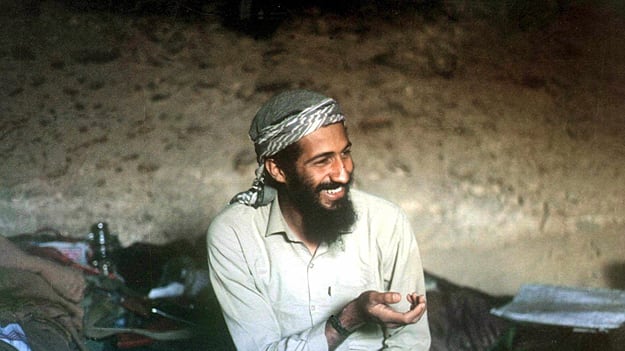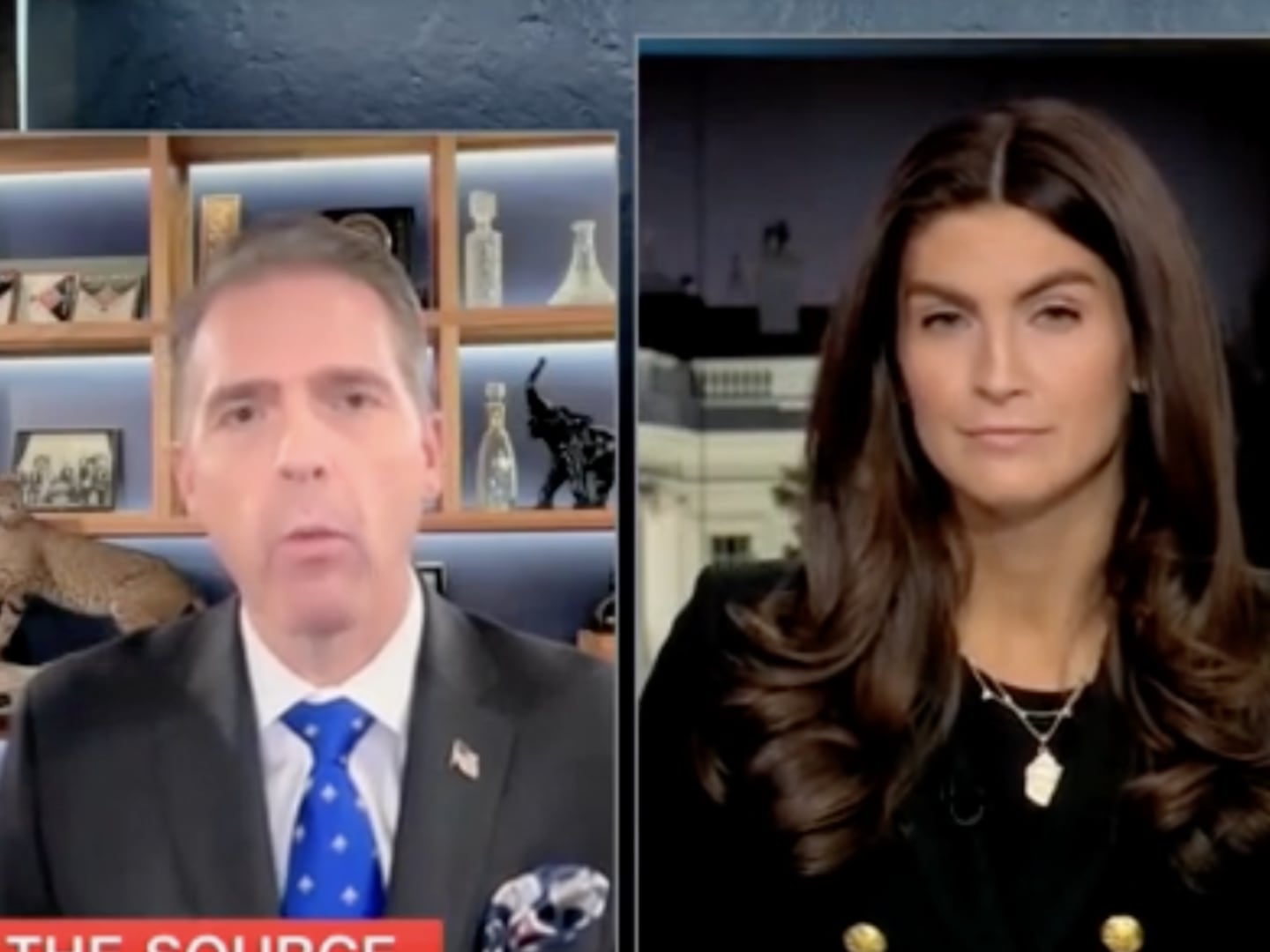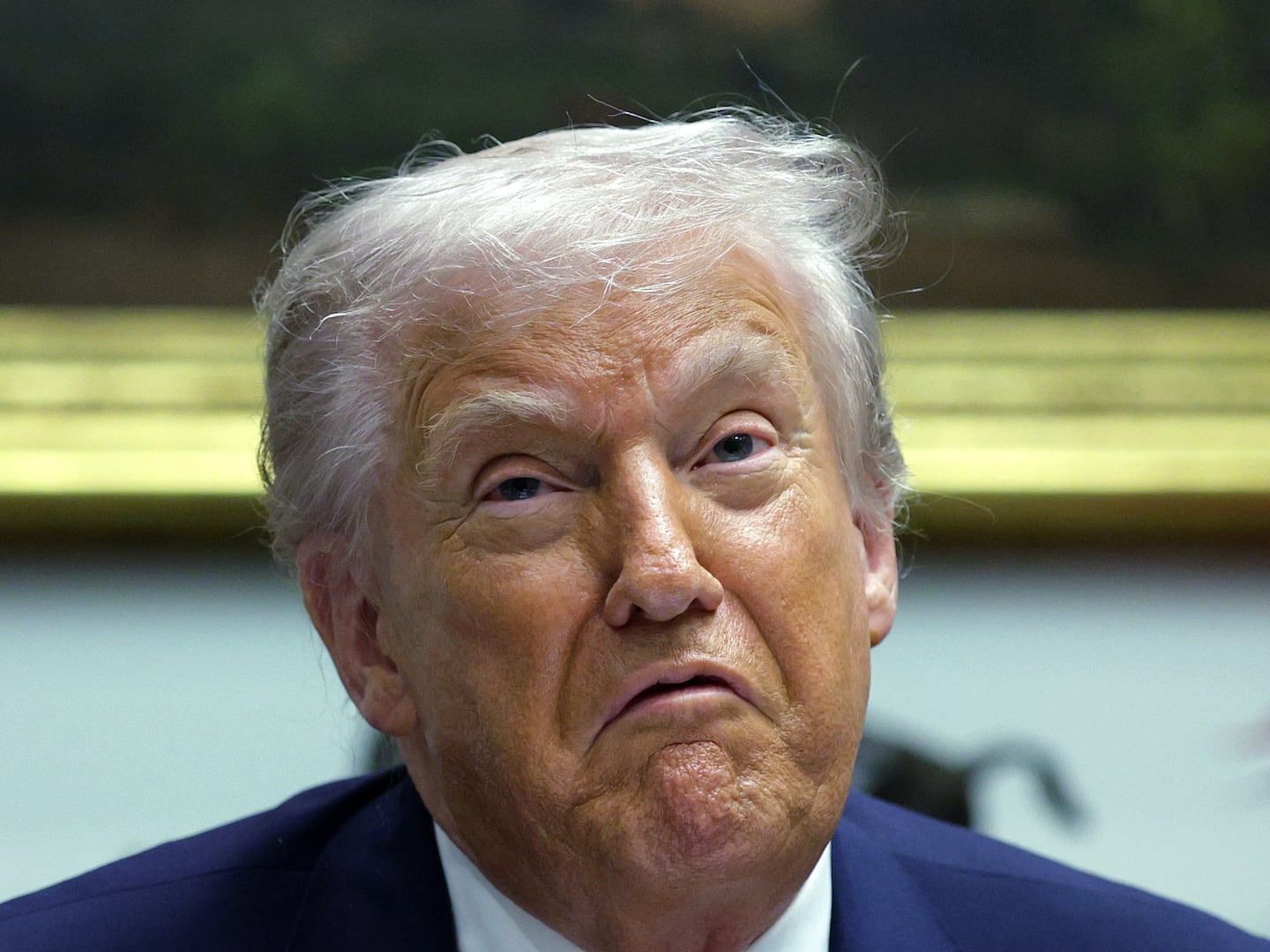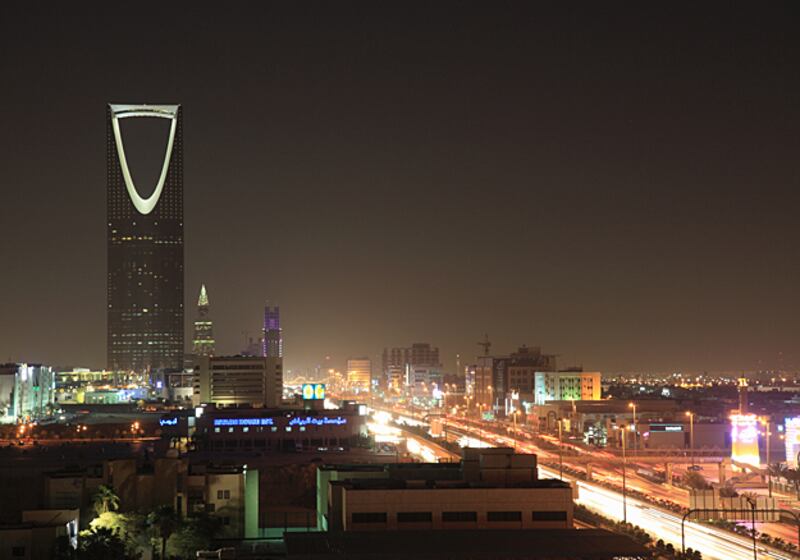
Bin Laden was born in Riyadh, Saudi Arabia, the 17th of his father’s 50 children. As a youth, he was creative, industrious, and deeply religious. But some accounts cast him as an outsider in his own family: the only child of his Syrian mother and someone who was significantly less taken with Western culture than many of his other siblings.
Getty Images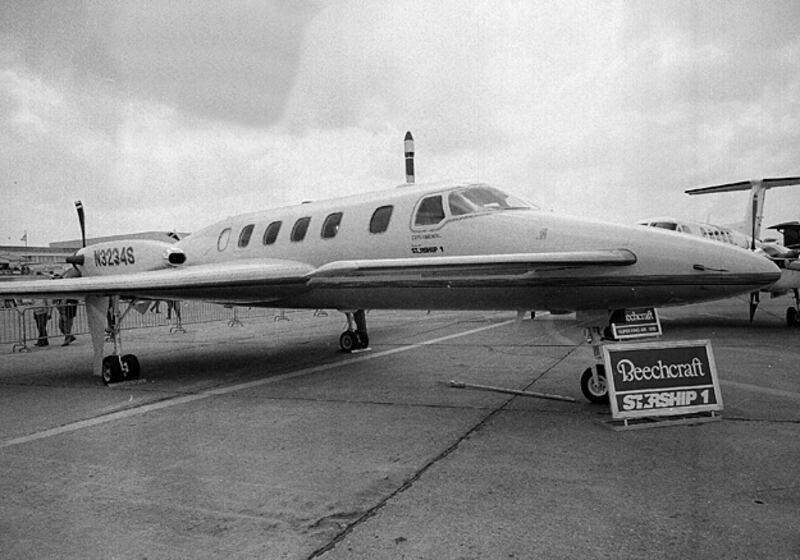
When his father, a wealthy construction tycoon, died in a plane crash, then 13-year-old bin Laden inherited an estimated $80 million—as well as a stern commitment to the Wahhabi sect of Sunni Islam. Both gifts—his fortune and his faith—would be used one day to build a terrorist empire.
Roger Viollet Collection / Getty Images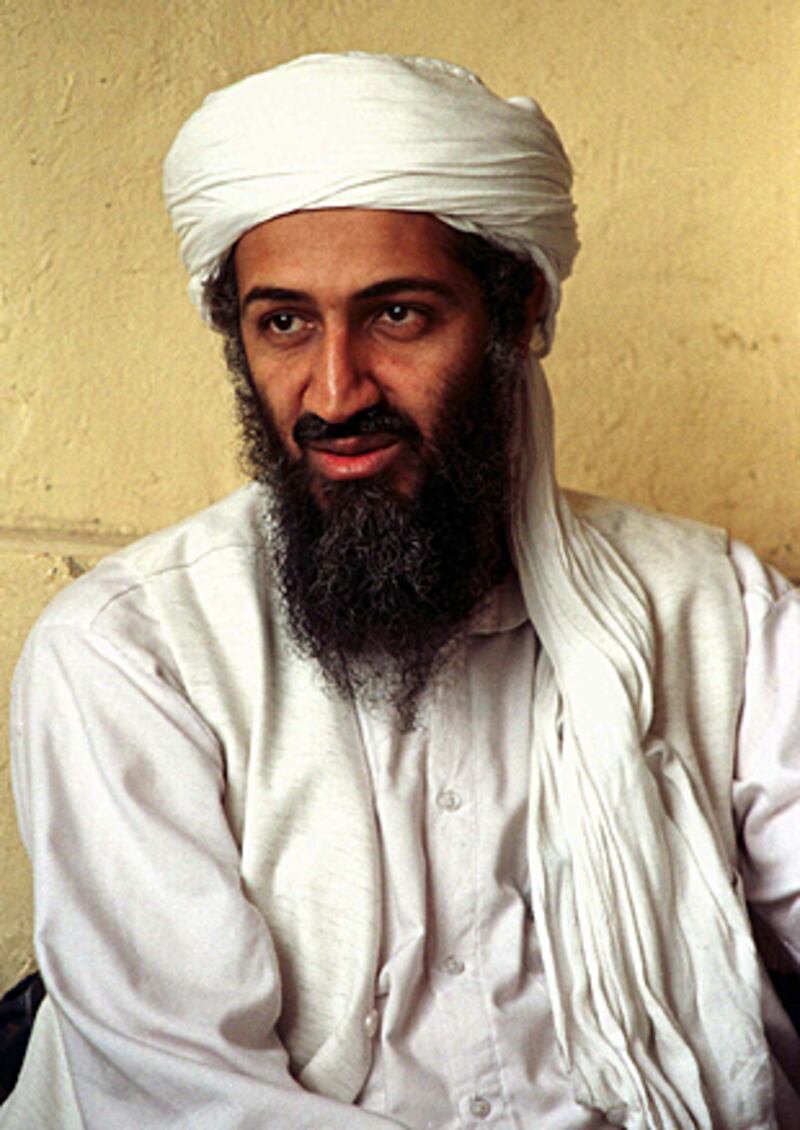
At the age of 17, bin Laden married his first cousin, Najwa Ghanem, with whom he would have 11 children. They started out as a relatively normal family. But according to family members, Ghanem became increasingly concerned as she watched her husband evolve from a devoutly religious businessman into a violent Jihadist. She even urged him to reconsider his course for the sake of their family, but bin Laden persisted—and persuaded his wife that he was on God’s errand. Bin Laden went on to father as many as 26 children with four different wives.
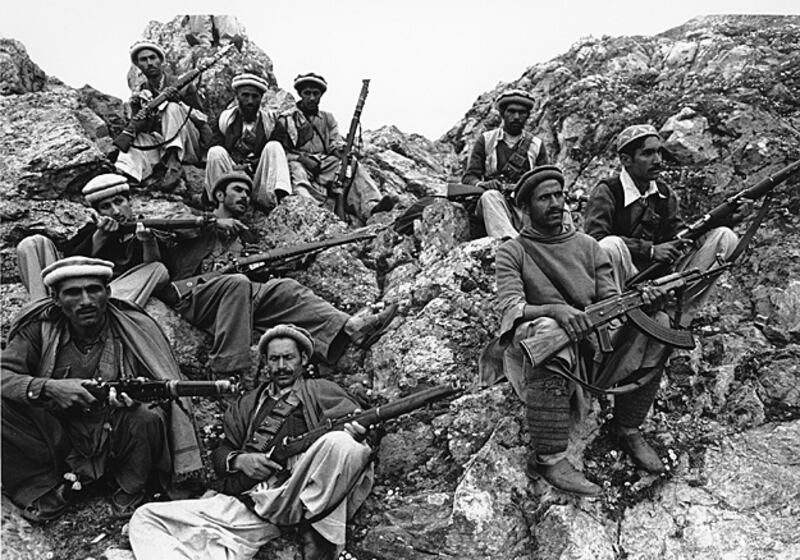
Soon after marrying, bin Laden began his studies at the King Abdulaziz University, where the seeds of his fanaticism were planted. While still a young, impressionable student, he connected with Abdullah Azzam, an Islamic scholar who taught that all true Muslims were duty-bound to wage literal war on the world’s infidels. He also became involved with the Muslim Brotherhood, which confirmed Azzam’s teachings. When the Soviet Union invaded Afghanistan in 1979, bin Laden assisted the mujahedeen with financing for weapons, training camps, and other expenses.
AP Photo
Emboldened by his hero status among young Afghani Jihadists, and anxious to move into a more hands-on military role, bin Laden founded al Qaeda in 1988. It was a relatively small network of terrorists, but thanks to bin Laden’s cunning and entrepreneurial drive, it went on to have a devastating record of success in terrorizing the West and its interests.
Newscom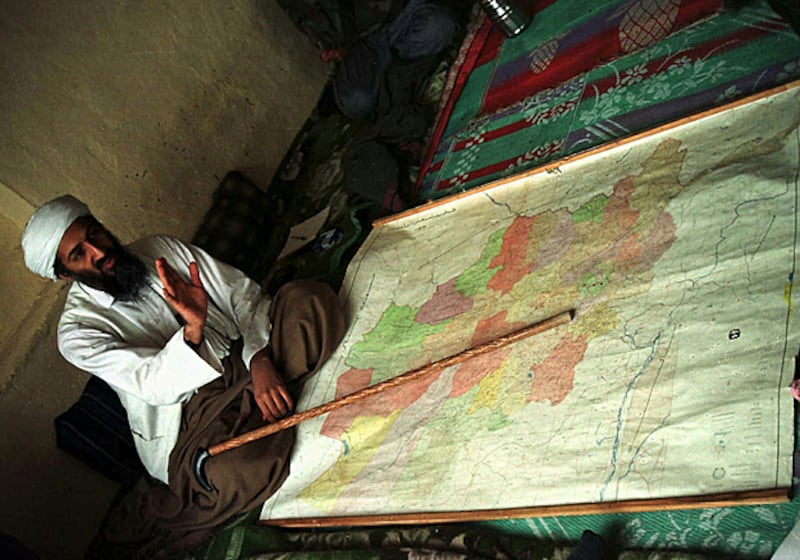
Al Qaeda’s first bombing occurred at the Gold Mihor Hotel in Aden, Yemen. Subsequent intelligence reports indicated that bin Laden was targeting U.S. troops who had previously stayed at the hotel, but the soldiers were gone by the time the bomb exploded. Instead, the bombs killed two Austrian tourists.
AP Photo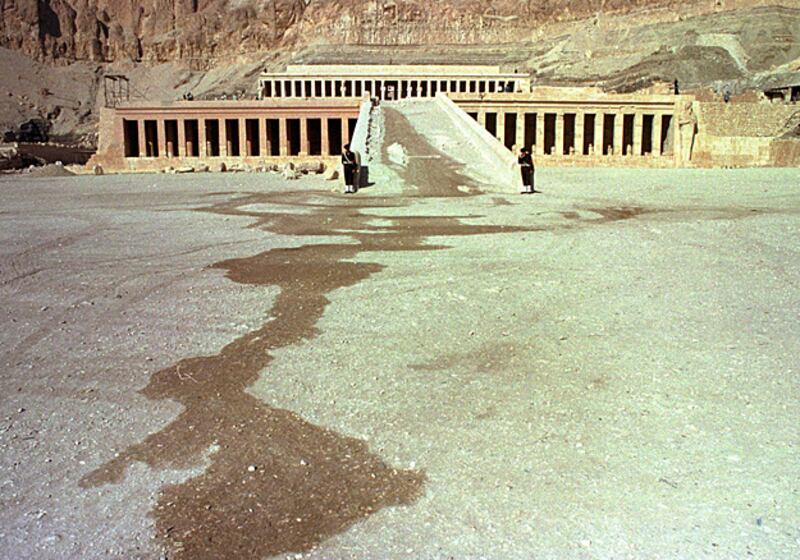
Bin Laden is believed to have financed an attack on the popular Luxor archeological site in Egypt, where 62 people were slaughtered.
Mohamed El-Dakhakhny / AP Photo
Having ascended to war-hero status among Islamic radicals, bin Laden publicly called on Muslims throughout the world to begin killing North Americans and their allies until all Western troops had been removed from the Gulf region.
CNN via Getty Images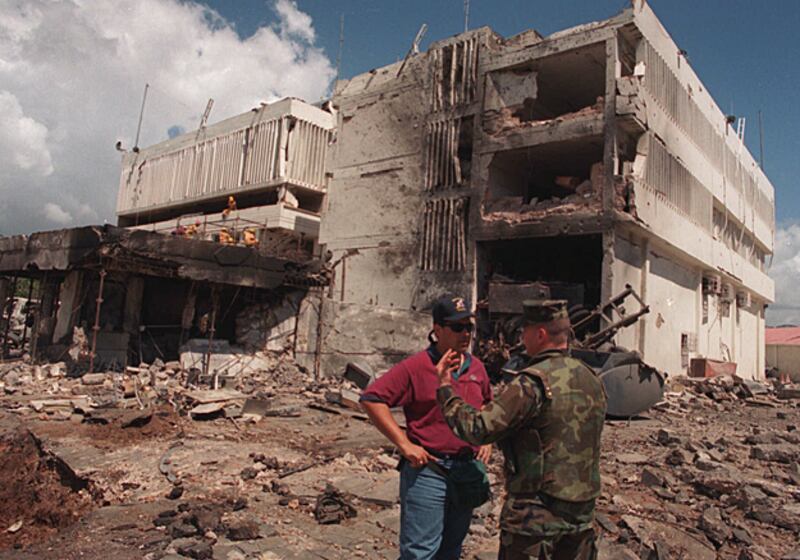
Within months of bin Laden declaring a fatwa, suicide bombers killed more than 200 people—and wounded upward of 4,000—in and near American embassies in East Africa. Although he had already financed terror attacks throughout the Middle East, this marked the first time bin Laden garnered serious attention from the U.S. He was formally charged for the bombing, and the attacks landed him on the FBI’s “Most Wanted” list. Still, he managed to continue executing brutal assaults on American interests.
Brennan Linsley / AP Photo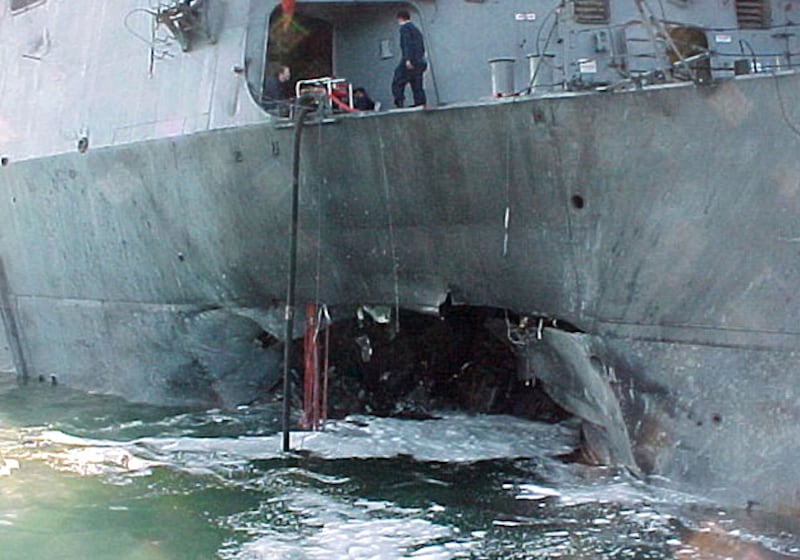
Suicide bombers under bin Laden’s direction sailed a small boat up alongside the U.S.S. Cole, a navy ship anchored near Yemen, and set off several explosions, killing 17 American sailors.
U.S. Navy / AP Photo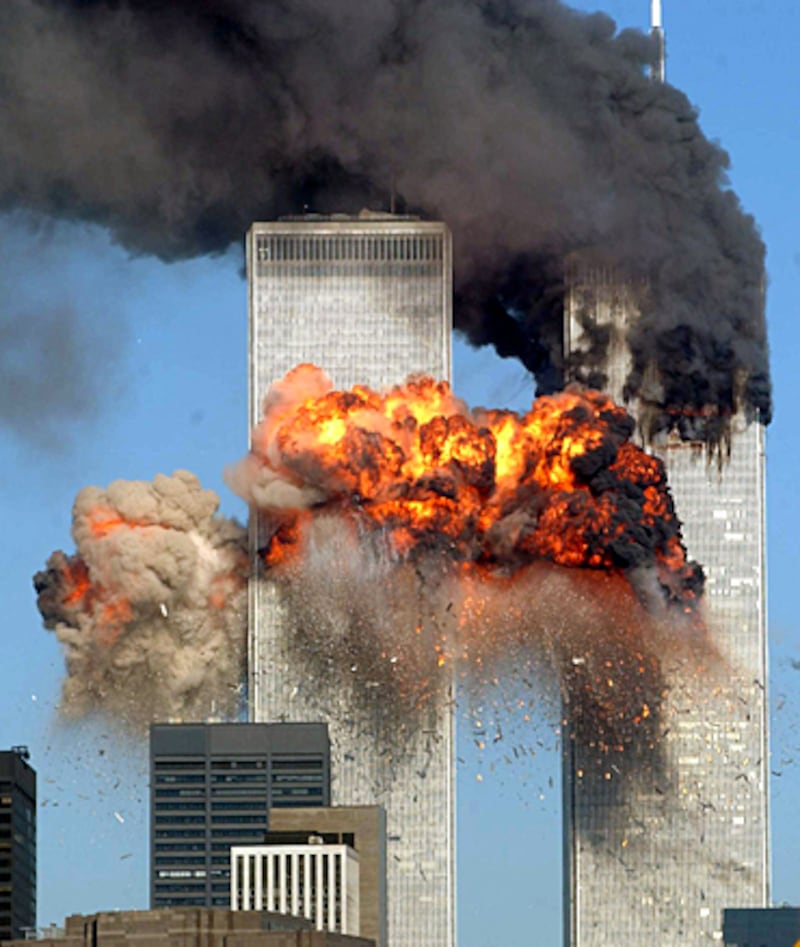
By far bin Laden’s most infamous plot—and the one that would eventually lead to his demise—the 9/11 hijackings resulted in more than 3,000 deaths at the World Trade Center, the Pentagon, and in Pennsylvania. Bin Laden bragged to his colleagues that the death toll was even greater than he hoped.
The dramatic terror attacks prompted President Bush to declare an American War on Terror, and to order a full-scale invasion of Afghanistan with the express purpose of eliminating al Qaeda and capturing the terrorist mastermind “
dead or alive,” as Bush put it.
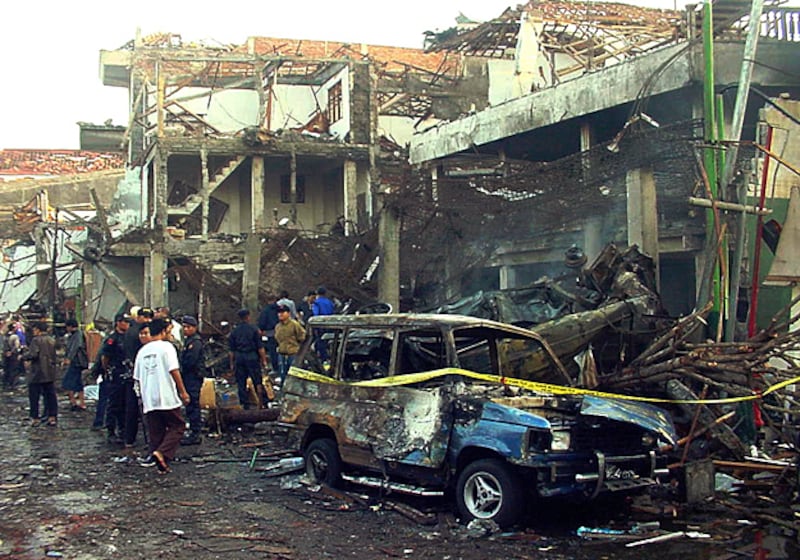
With the U.S. military crackdown on al Qaeda cells in Afghanistan, bin Laden began focusing more on funding independent terror plots over which he had little logistical control. The results were just as deadly. Suicide bombings at a nightclub in Bali, for example, killed more than 200 people and injured many more. While three members of the group directly behind the attacks were eventually caught and executed, bin Laden remained outside the grasp of the U.S. military.
AP Photo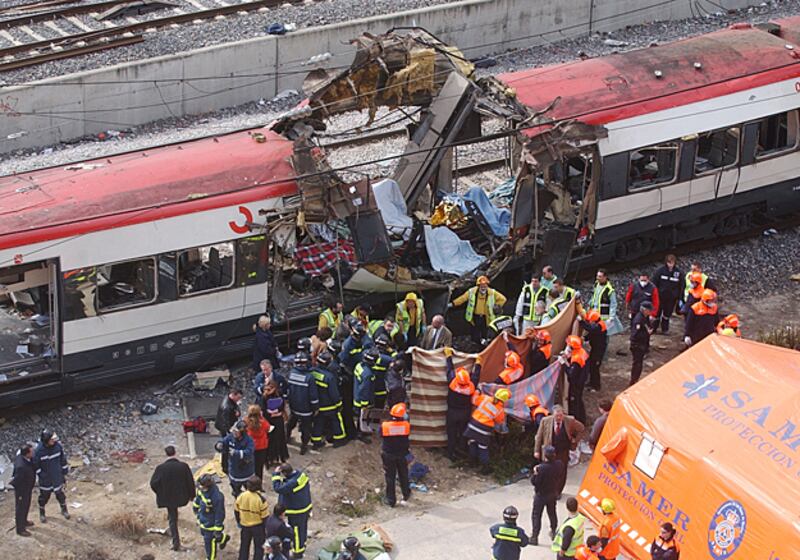
The same went for the train bombings in Madrid, which killed 193 people and threw the country into political bedlam as both dominant parties accused the other of politicizing the tragedy for electoral gain. (The attacks took place three days before a general election.)
Paul White / AP Photo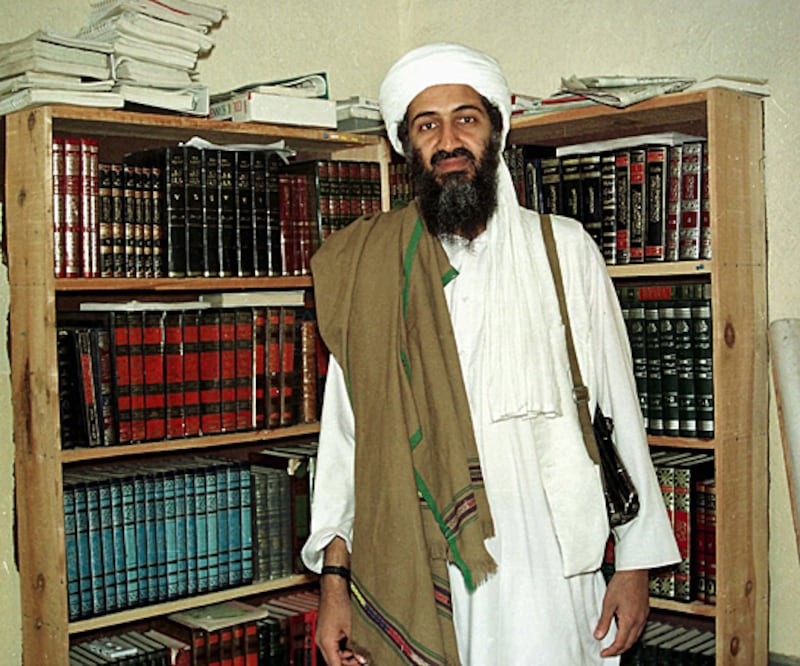
Bin Laden not only provided money and weapons to his terrorist counterparts – he also gave them inspiration. Following the U.S.-led invasion of Afghanistan, soldiers found more than 1,500 cassettes stored away in al Qaeda’s Kandahar headquarters, some of which contained recordings of bin Laden’s twisted poetic verse. The recitations mingled spiritualistic verbiage with violent Jihadist rhetoric to such effect that his poetic sermons became wildly popular among radical Islamic terrorist—particularly the younger followers.
AP Photo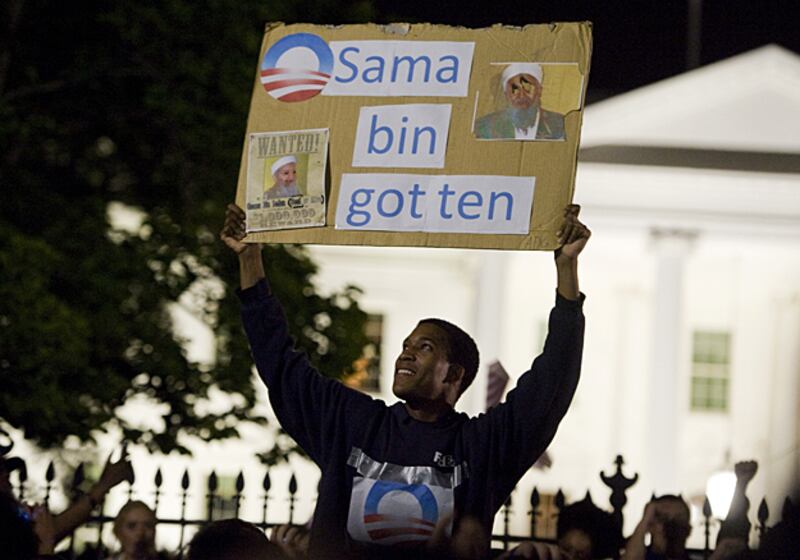
After more than 30 years of waging Jihad, the murderous mastermind responsible for thousands of deaths was shot in the head by a unit of Navy SEALs. In a late-night press conference, President Obama announced the victory with a brief speech.
“The American people did not choose this fight,”
Obama said. “It came to our shores, and started with the senseless slaughter of our citizens. After nearly 10 years of service, struggle, and sacrifice, we know well the cost of war… and on nights like this one we can say to those families who have lost loved ones to Al-Qaeda’s terror: Justice has been done.”
